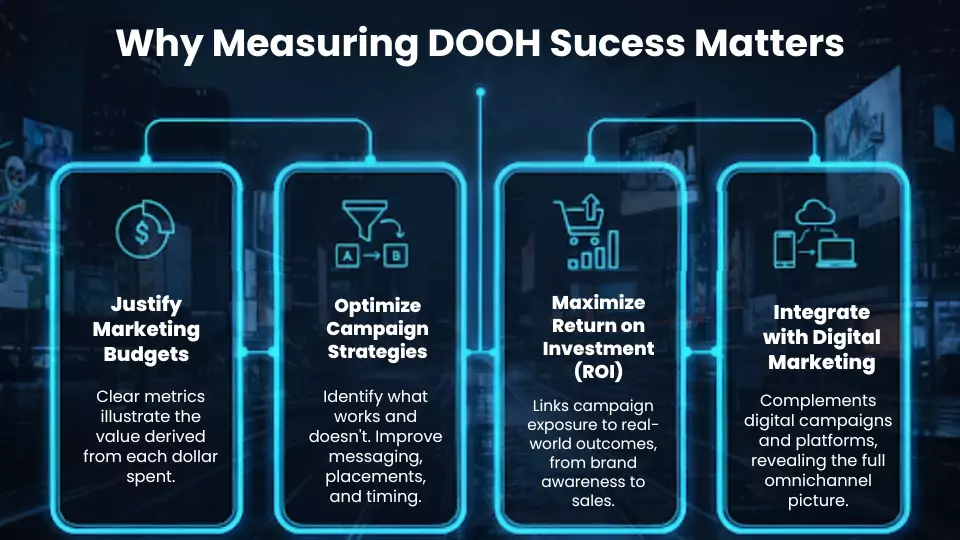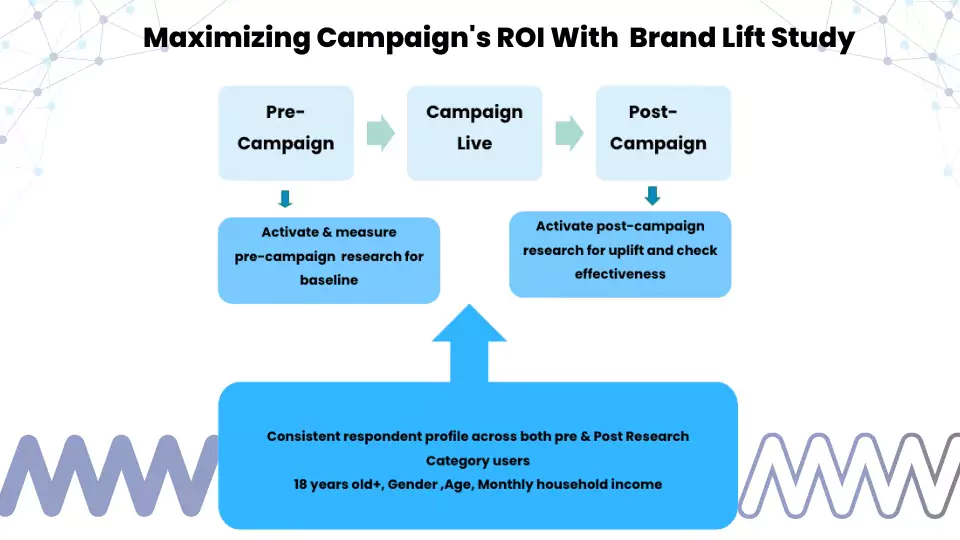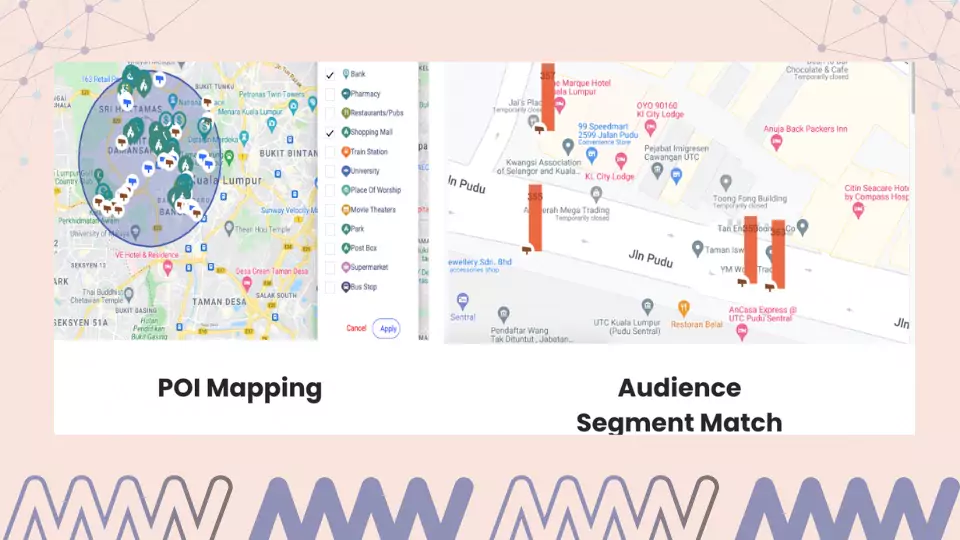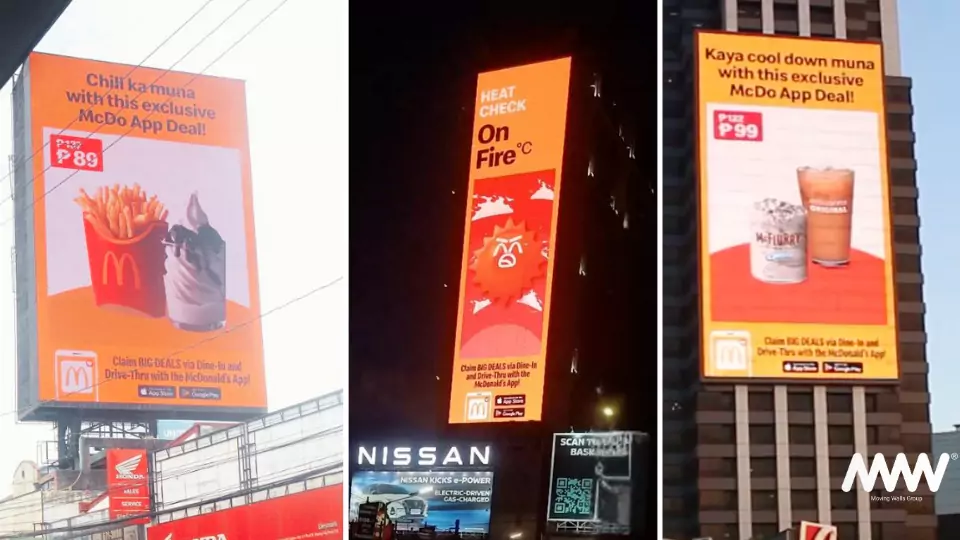September 22, 2025
Measuring DOOH Performance: From Impressions to In-store Sales
Key Takeaways
- Measure reach, impressions, and footfall to prove DOOH effectiveness
- Use platforms like MAX for automated and real-time campaign insights
- Track brand awareness, recall, and intent with Brand Lift Studies (BLS)
Picture yourself walking through a busy city. Every billboard, bus shelter, or digital screen is telling a story, your brand’s story. At this point you are relaxed and your mind gives its full attention to the messages it sees! OOH is a medium which has the least clutter, compared to other mainstream media.
Digital Out-of-Home (DOOH) advertising brings your message to life in the real world, catching the eye of pedestrians and motorists alike and making a lasting impression. But in today’s data-driven marketing world, simply putting up an eye-catching ad is not enough. Advertisers need to know how their DOOH campaigns perform and how they contribute to real marketing and business goals.
Thanks to modern technology like Moving Walls’ Moving Audience Xchange (MAX) platform and a newly launched Brand Lift Studies (BLS) product called Insightz Club , brands can now measure and analyze DOOH effectiveness with unprecedented accuracy, turning insight into smarter strategies and stronger ROI. Let’s explore how.

How Clients and Agencies Can Measure DOOH Campaigns
1. Reach and Frequency
- Reach: This metric indicates the number of people exposed to your DOOH ads. It’s essential for understanding the size of your audience.
- Frequency: This measures how often your target audience sees the ad over a specific period.
Tracking reach and frequency helps gauge overall exposure and ensures that your campaign is targeting the right audience effectively. Measuring reach of OOH can be tricky as it is a one to many mediums. So each screen can have different levels of reach based on their location. Moving Walls with their patented technology, treats every screen separately and uses multipliers to measure the accurate reach at each and every screen.
2. Footfall Measurement
Footfall measurement specifically counts how many people are at a physical location, such as a store, during a given time period. To gain deeper insights of a visiting consumer behaviour inside the store, we use a separate device called LAMPs (Location Audience Measurement Platform). These IoT devices detect smartphones through Wi-Fi and Bluetooth signals in real-time and leverage onboard cameras for audience counting through Computer Vision (shape recognition) technology. Together, footfall data and LAMPs tracking provide a comprehensive understanding of both the number of visitors and their movements and engagement within the store.
3. Overall Impressions
Impressions represent the number of times an ad is displayed and viewed by an audience. Because DOOH is a one-to-many medium, measuring reach accurately can be complex as each screen can attract different audience sizes based on its location. Whereas, the reach measures the number of unique individuals who see your ad, while impressions count all views, including repeat views by the same person. By combining this with third-party traffic data and real-time analytics, advertisers gain a more accurate count of how many people actually saw their ads, enhancing the reliability of impression metrics.
4. Cost-Per-Impression (CPI) & Cost-Per-Mille (CPM)
CPI measures the cost of a single impression by dividing the total campaign cost by the number of impressions, giving insight into individual reach efficiency. However, in real-world advertising, especially in DOOH and digital media, billing is done on CPM, the cost per 1,000 impressions, which is the standard pricing model.
CPI = Total Campaign Cost / Total Impressions
CPM=( Total Impressions / Total Campaign Cost ) × 1000
Example:
If a campaign costs $40,000 and generates 1,000,000 impressions, the CPI is $0.04. CPM = $40 per 1000 impressions.
This metric enables advertisers to evaluate the effectiveness of their campaigns and compare various media formats.
5. Mobile Retargeting
Mobile retargeting connects Out-of-home (OOH) advertising with digital marketing by recognizing devices close proximity to a physical OOH billboard, where tailored ads are delivered to a consumer’s mobile device. This approach helps expand campaign reach and boosts conversions by reinforcing brand messages across multiple channels. It also allows for tracking campaign effectiveness, managing retargeting efforts, and attributing sales, thus linking offline ad exposure to measurable online results.
6. Brand Lift Studies (BLS)

While reach and impressions highlight exposure, Brand Recall and Brand Lift Studies (BLS) reveal the impact on consumer perception.
These studies survey audiences before and after campaigns to measure changes in:
- Brand awareness
- Ad recall
- Message retention
- Brand likeability
- Preference
- Purchase intent
Moving Walls Science has enabled BLS to be integrated as a product offering embedded within DOOH campaigns. This rigorous research framework includes:
- Pre-Campaign Baseline: Capturing initial brand metrics and target profile.
- Consistent Respondent Tracking: Ensuring comparable respondent profiles before and after.
- Post-Campaign Uplift Analysis: Quantifying changes in key KPIs.
- Benchmarking Against DOOH Norms: Viewing performance in context by format, segment, and geography.
With fast turnaround and vast audience access, Moving Walls Science empowers advertisers to turn insightful data into better targeting and creative decisions.
The Moving Walls MAX Platform: Measurement Made Simple
While traditional metrics like reach, impressions, and dwell time remain relevant, MAX transforms how advertisers approach these measurements. The platform automates processes, enhances precision, and provides actionable insights, making it the ultimate tool for measuring and optimizing DOOH campaigns.
- Automation and Efficiency
- Streamlines the DOOH advertising process by automating inventory selection based on audience behavior, Points of Interest (POI), and traffic insights.
- Integrates with global Supply-Side Platforms (SSPs) like Broadsign Reach, VIOOH, and Place Exchange, as well as Moving Walls’ proprietary Location Media Xchange (LMX).
- Dynamic Planning and Real-Time Insights
- Provides key campaign metrics like impressions, reach, CPM, and ad plays in real-time.
- Uses signals-based triggers (e.g., weather conditions, footfall, search behavior) to activate ads at optimal times and locations.

- Real-Time Verification
- Offers transparency with the Moving Audience Verification system, validating ad plays and impressions in real-time.
- Ensures campaigns are delivered accurately and as planned.
- Comprehensive Post-Campaign Analysis
- Consolidates data from multiple sources (e.g., device IDs, IoT devices, POI insights) for detailed audience profiling.
- Provides insights into audience behavior, store visits, and conversions to evaluate the campaign’s effectiveness.
- Customizable Campaign Optimization
- Allows advertisers to adjust campaigns mid-flight based on real-time data to enhance performance and ROI.
- Facilitates seamless rate negotiation and approval processes with media owners.
Case Study: McDonald’s Dynamic DOOH Campaign in the Philippines
- McDonald’s used the MAX platform to run a smart DOOH campaign showcasing special “Crave and Claim Deals” on screens across 7 locations, timed with local weather conditions.
- The goal was to offer timely deals via the McDonald’s mobile app, helping customers cool down as temperatures rose.
- The campaign generated nearly 1 million impressions in just 10 days.
- Through ongoing optimization, the campaign surpassed initial forecasts by 152% in impressions.
- The campaign led to a 9% increase in visits to McDonald’s stores.
- By linking DOOH ads, live weather data, and mobile offers, McDonald’s created a seamless and engaging customer experience that encouraged action.
By leveraging these features, the MAX platform empowers advertisers to measure, optimize, and refine DOOH campaigns for greater impact and efficiency.
Conclusion
Understanding and optimizing DOOH campaign success is no longer guesswork. Combining traditional metrics with innovative tools like mobile retargeting, brand lift studies, and offline-to-online attribution and leveraging powerful platforms like MAX, turns DOOH into a measurable, strategic marketing driver. Ready to take your DOOH campaigns to the next level? Discover how Moving Walls’ advanced analytics and brand lift studies can empower smarter decisions and stronger results. Contact us to learn more.
Scale up your OOH Ads with better ROAS today.
